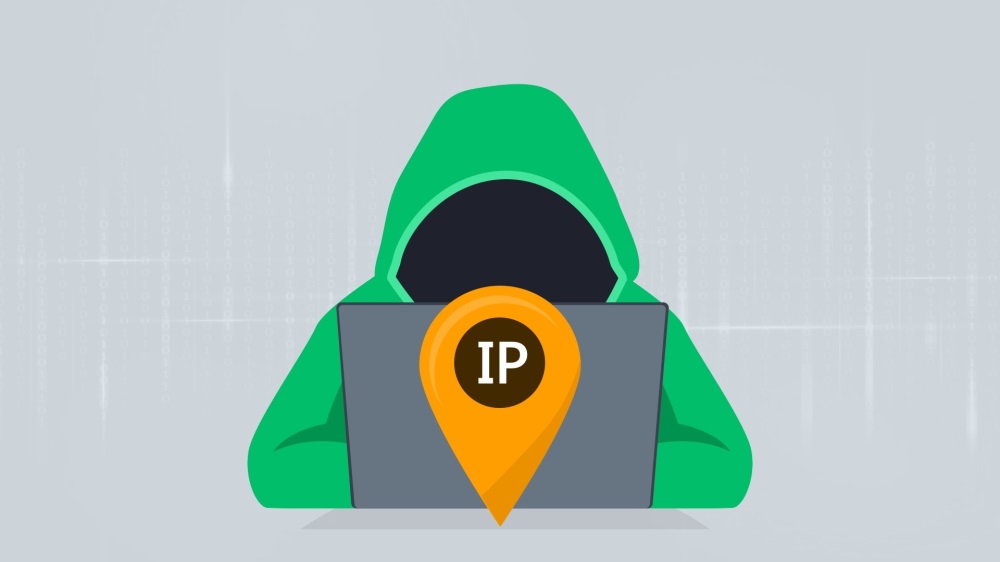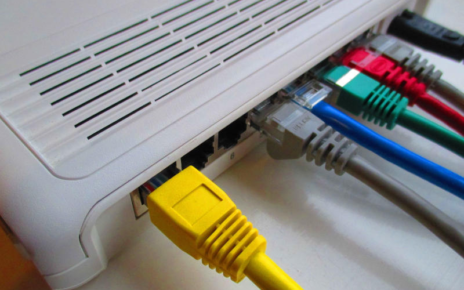The landscape constantly evolves, with new threats and tools always emerging. Two tools that have gained significant attention in recent years are IP Stressers and IP Booter Panels. Often marketed as stress testing or network performance evaluation tools, these services can be misused for malicious cyberattacks.
IP stressers and ip booter panels
how to use a IP Booter? IP Stressers and IP Booter Panels are web-based services that allow users to generate large amounts of traffic directed at a specific IP address or domain. These tools are often marketed as network stress testing or performance evaluation used to assess the resilience of systems and networks to high-traffic scenarios. IP Booter Panels are web-based interfaces that allow users to launch and manage their own IP-based attacks. These panels often provide a more customizable and flexible approach to traffic generation users to fine-tune the attack parameters to suit their needs.
Feature comparison
- Traffic generation
- IP Stressers typically offer a more streamlined and user-friendly interface with pre-defined traffic generation packages.
- IP Booter Panels often require more customization users to adjust factors such as attack duration, traffic type, and intensity.
- Attack vectors
- IP Stressers may offer a limited range of attack vectors, such as UDP, SYN, or ICMP floods.
- IP Booter Panels often provide more attack vectors, HTTP/HTTPS, DNS, and advanced techniques like Memcached and Reflective DDoS attacks.
- Targeting options
- IP stressors usually allow users to target a specific IP address or domain.
- IP Booter Panels may offer additional targeting options, such as targeting specific ports, protocols, or even geographic regions.
- Attack Monitoring and Analytics
- IP Stressers often provide essential attack monitoring and statistics, such as an attack’s duration and traffic volume.
- IP Booter Panels may offer more advanced analytics, real-time monitoring, detailed attack logs, and performance metrics.
- Failover and redundancy
- IP Stressers may have limited failover or redundancy mechanisms, potentially leading to service disruptions or attack failures.
- IP Booter Panels often feature more robust infrastructure, with multiple attack servers and failover mechanisms to ensure the reliability and consistency of the service.
Potential uses and abuses
While IP Stressers and IP Booter Panels are often marketed as network stress testing or performance evaluation tools, they can also be used for malicious purposes, such as Distributed Denial of Service (DDoS) attacks.
Legitimate use cases
- Stress testing web applications and servers to assess their resilience to high-traffic scenarios
- Evaluating the performance and scalability of network infrastructure
- Identifying and mitigating vulnerabilities in network systems
- Conducting research and development in the field of cybersecurity
Potential misuse
- Launching DDoS attacks against websites, servers, or online services to disrupt their availability
- Targeting specific individuals, organizations, or critical infrastructure with the intent to cause harm or financial loss
- Extorting or blackmailing victims by threatening DDoS attacks unless a ransom is paid
- Engaging in cybercrime activities, such as hacking, data theft, or network intrusion
IP Booter Panels for illegal or unethical purposes in severe legal consequences, fines, and imprisonment. These tools are used for legitimate, authorized purposes, such as security testing and network performance evaluation, and with the appropriate safeguards and permissions in place.





